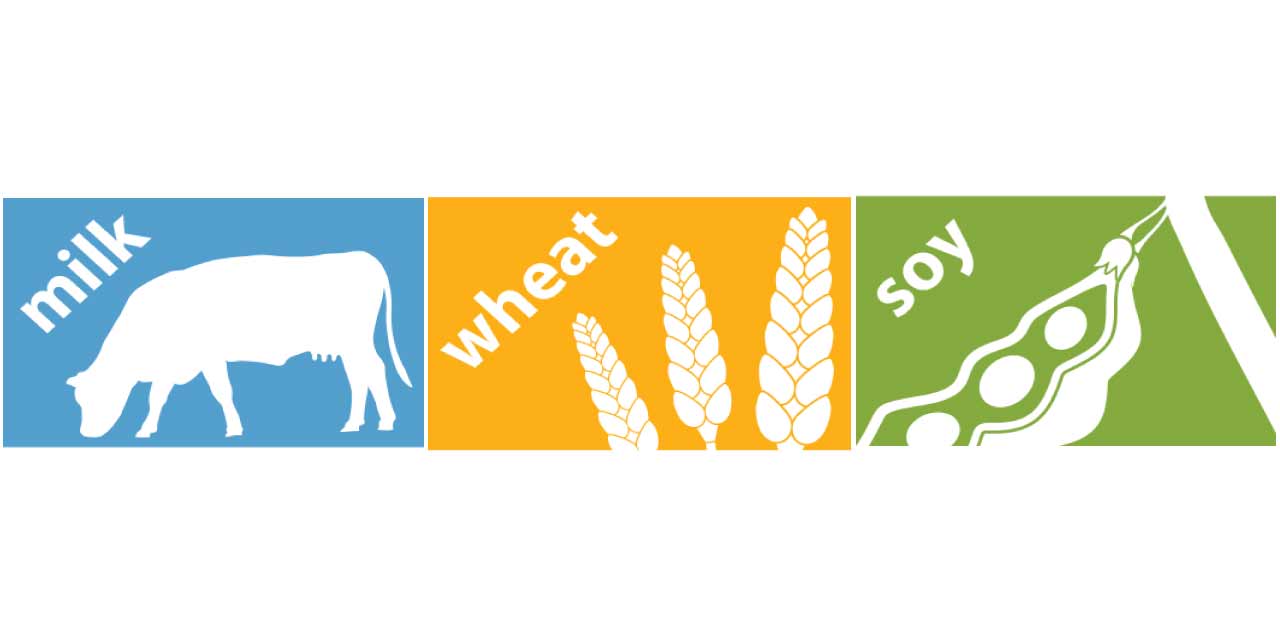HEALTHGADGETSAZ.CO.UK is supported by its audience. When you purchase something through shopping links included on this page, we may earn a small affiliate commission. Learn more
A food allergy is a condition in which certain foods cause an abnormal immune response or reaction. Your immune system “considers” some of the proteins in a food as harmful and your body launches into fight mode.
Foods that most commonly cause an allergic reaction
- Cow’s Milk
Most often seen in babies and young children, however, most children outgrow the condition by age three, making it much less common in adults.
Children or adults tend to experience a reaction within 5–30 minutes of having cow’s milk.
This allergy requires you to avoid cow’s milk and related foods – Milk powder, Cheese, Butter, Margarine, Yogurt, Cream and Ice cream.
- Eggs
The whites have it! Yes, the egg white contains the pesky proteins that cause allergic reactions but since it’s a challenge to totally separate whites from yolks, then you should avoid eggs completely.
You may not need to avoid all egg-related foods, since heating eggs can change the shape of the allergy-causing proteins so your body doesn’t see them as harmful. That makes cookies and cakes still on your list of eats. Good news.
- Wheat
Now, a wheat allergy is a big one because it’s in so many things, breads we know but what about some things you might not suspect, such as soy sauce, ice cream and hot dogs.
- Nuts
We’re talking peanuts and tree nuts like cashews and walnuts Brazil nuts, Almonds, Macadamia nuts, Pistachios and Pine nuts.
- Shellfish
Symptoms of a shellfish allergy from Shrimp, Prawns, Crayfish, Lobster, Squid and Scallops, usually come on quickly though a true seafood allergy can sometimes be difficult to distinguish from an adverse reaction to a seafood contaminant such as bacteria, viruses or parasites.
Even the aroma of cooking shellfish can trigger a shellfish allergy so avoidance for shellfish allergy sufferers also involves avoiding wherever it’s being cooked.
- Fish
What’s more, since shellfish and fish with fins don’t carry the same proteins, people who are allergic to shellfish may not be allergic to fish. However, many people with a fish allergy are allergic to one or more types of fish.
- Soy
If only you could just skip the soy sauce and tofu, life would be a breeze! But soybeans are a big part of processed foods, too. Since soy is found in many foods, it’s important to read food labels.

Some Allergic Reaction Foods
Types of food allergies
Food allergies are divided into 3 types, depending on symptoms and when they occur.
Articles Related to Allergies..
- IgE-mediated food allergy – the most common type, triggered by the immune system producing an antibody called immunoglobulin E (IgE). Symptoms occur a few seconds or minutes after eating. There’s a greater risk of anaphylaxis with this type of allergy.
- non-IgE-mediated food allergy – these allergic reactions aren’t caused by immunoglobulin E, but by other cells in the immune system. This type of allergy is often difficult to diagnose as symptoms take much longer to develop (up to several hours).
- mixed IgE and non-IgE-mediated food allergies – some people may experience symptoms from both types.
Intolerance or Allergy?
Sometimes you can mistake a food intolerance for a food allergy but food intolerances never involve the immune system, they can severely impact your quality of life, they are not life threatening.
AD – Related to Allergies – Continue Reading below…
Dust Mite Controller for Breathing Problems
EXTREMELY LIGHTWEIGHT. The Dash Express weighs in at 12.2 Kilograms making this very lightweight and easy to transport…
Learn more @ amazon.co.uk
Who’s affected?
Most food allergies affect younger children under the age of 3.
Most children who have food allergies to milk, eggs, soya and wheat in early life will grow out of it by the time they start school.
Peanut and tree nut allergies are usually more long lasting.
Food allergies that develop during adulthood, or persist into adulthood, are likely to be lifelong allergies.
For reasons that are unclear, rates of food allergies have risen sharply in the last 20 years.
However, deaths from anaphylaxis-related food reactions are now rare.
Food Allergy Symptoms
These can start within a few minutes after exposure to a few hours later, and may include:
- Swelling of the lips, tongue or face
- Difficult breathing/ Wheezing
- Low blood pressure
- Vomiting
- Diarrhea
- Hives
- Itchy rash
In addition to the usual allergy symptoms, anaphylaxis may occur and its symptoms can be frightening:
- pelvic pain similar to uterine cramps
- coronary artery spasm
- dizziness and fainting
- a possible blue tint to the skin from lack of oxygen.
Be sure to carry an emergency epinephrine shot like EpiPen or Twinject which will counter allergic reactions until medical help arrives.
AD – Related to Allergies – Continue Reading below…
Slumberdown Anti Allergy Duvet
Made with an anti-allergy filling to help reduce the build-up of dust mites and bacteria…
Learn more @ amazon.co.uk
Prevention
Breastfeeding for more than four months may prevent atopic dermatitis, cow’s milk allergy, and wheezing in early childhood. Early exposure to potential allergens may be protective. Specifically, early exposure to eggs and peanuts reduces the risk of allergies to these. Guidelines suggest introducing peanuts as early as 4–6 months and include precautionary measures for high-risk infants. The former guidelines, advising delaying the introduction of peanuts, are now thought to have contributed to the increase in peanut allergy seen recently.
To avoid an allergic reaction, a strict diet can be followed. It is difficult to determine the amount of allergenic food required to elicit a reaction, so complete avoidance should be attempted. In some cases, hypersensitive reactions can be triggered by exposures to allergens through skin contact, inhalation, kissing, participation in sports, blood transfusions, cosmetics, and alcohol.
Think You Have a Food Allergy?
Check your doctor. He or she will conduct a dietary review and do skin prick, blood and patch tests.
Your doctor may also refer you to a dietician plus you will need to become an allergen police and double check those food labels.
Disclaimer: All content, including text, graphics, images and information on this site is not intended or implied to be a substitute for professional medical advice, diagnosis or treatment. Content on or available through this web site is for general information purposes only. It is in no way a substitute for qualified medical opinion. Always consult a specialist or your own doctor for more information.






